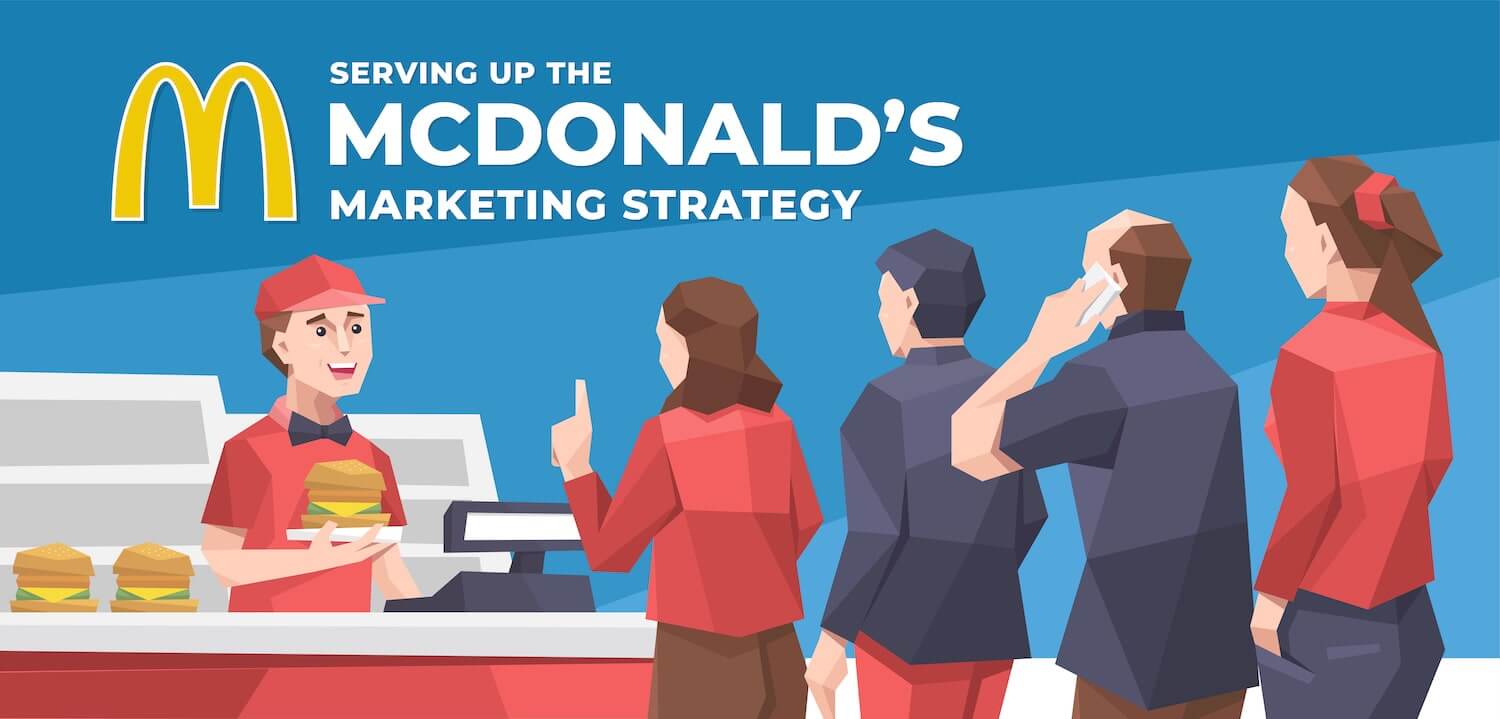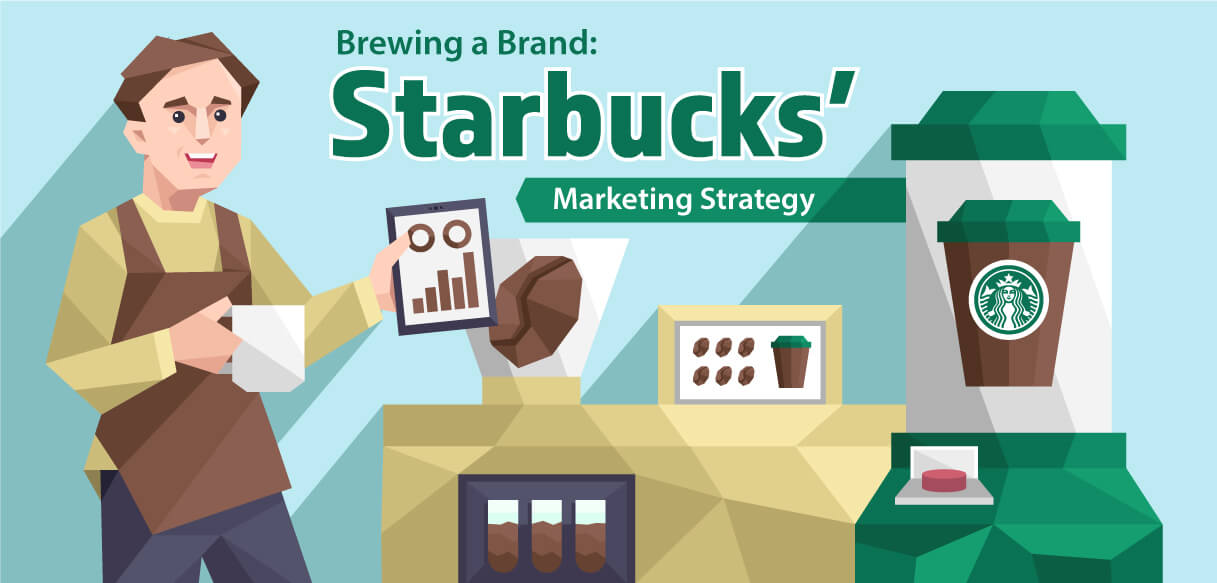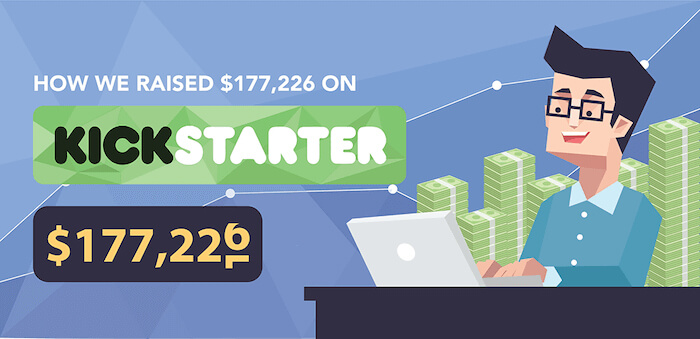Yep! It’s a cheap and dirty trick. I know better. So do you. But it works. As the evidence shows, we prefer to suspend common sense on the off-chance that maybe – just this once – we learn something unknown to others from which we will benefit.
Def: Secret: Not known or seen – or meant to be known or seen – by others.
“The secret(s) to ______” (fill in the blank as desired) is a promotional artifice that has been around for decades. Yet, anyone who has worked in the mail order or publishing business will tell you that it works just as well today as it did when Adam and Eve tasted the forbidden fruit from the Tree of Knowledge. In fact, in economic downturns it takes off. It sells books, CDs, videos, food supplements, and week-long retreats, jus tot name a few.
Of the 142,000 books offered on Amazon that have “secret” in their title, fully 1/3 of these – over 45,000 – purport to let the reader in on the goods. The top 5 categories, shown in rank order of number of published works, gives a good indication of which secrets indeed sell.
Professional and Technical
Spirituality
Health, Mind and Body
Business and Investing
Romance
If we’re keen to know anything, then it had best be about health and wealth – we can satisfy our love-making curiosities later.
A year ago I would have been surprised to see Professional and Technical offerings ranking at the top of the list. Not anymore. Week – sometimes daily – I am offered a white paper or a webinar that suggestively promises to impart one of more business secrets.
There are secrets about things both familiar and new (some so new, one wonders how the secrets were discovered so fast). SEO, online advertising (the kind that “really works!”), CRM, Google Ad Words, online marketing, social media marketing, Twitter advertising, yada, yada. Just Google “online marketing secrets” and you’ll have a choice of gems to choose from like this one.
The secrets gambit raises two logical issues:
If it’s being told and sold massively – for that matter, at all – it’s no longer a secret.
If it’s that valuable, why is it either being given away or sold cheap? (The price paid for Nortel and Motorola patents alone suggests that there’s no fire sale on trade secrets or IP.)
When Newspapers Were King
Remember that thing that was tossed on your driveway every morning – the newspaper? When newspapers ruled, an enticing ad ran in the Classifieds section. It would run for a month, disappear, then return months later. The ad promised that for $19.95 + S&H, it would send you the secret technique to making hundreds – even thousands – of dollars from the comfort of your home, with no special skill required.
Harry, we’ll call him, could not resist the urge to mail his check for $29.95 (inclusive of Shipping & Handling – S&H). Two weeks later (after Harry’s check cleared) he received an envelope containing a few nicely printed pages. They described how and where to place a particular ad in the Classifieds section of his daily newspaper. An image of the ad that attracted Harry was included – just in case he forgot what the one he replied to looked like.
Happily, I can say that I never sent away for the technique (though I will confess to being tempted). But I did know Harry. He could have mailed to the PO Box number provided for a refund of his $19.95 (the person placing the ad kept the $10 S&H fee). But, in the rendering of his story years later, Harry admitted that he chose to eat the whole $29.95. He was simply too embarrassed to seek a refund. Hell, what if he had to pay S&H to get it?
I imagine many of those who responded to the same ad were like Harry, and simply wanted to put the matter behind them.
Harry could not resist the allure of a closely held secret to making money. He was taken in, of course. Yet, the scheme was legitimate. Technically, that is …
The Thrills and Spills of Multi-level Marketing (MLM)
Secrets are especially the rage among MLM-ers. They regularly tweet about secrets in their possession that promise health, wealth, happiness and prosperity. Many actually despise the term MLM as it’s suggestive of pyramid selling – which, legally defined, it isn’t. They prefer to use the sobriquet “relationship marketer” to imply something positive, warm and even cuddly.
Of all the secrets they are happy to share, though, none of them seems willing to share the biggest secret of all: that the vast majority of MLM participants don’t make a damn cent. The profitability rate (generously defined as income minus out-of-pocket costs) is typically less than 5% of participants. Sometimes it’s as high as 10% (Amway) and sometimes less than 1% (as contained in Mona Vie’s 2007 financial disclosure statement – and then, only 0.1% earned commissions in excess of $100 a week).
If anyone approaches you about about an MLM opportunity, after they have shown you the brochure photo of the smiling faces of upstream distributors sipping champagne on a private beach with a Maserati parked in the background, ask them two questions:
What proportion of participants show a profit after one year?
What proportion of money is typically earned from selling the MLM’s product compared to recruiting more participants?
If your friend is unable or unwilling to furnish an answer or, worse, tells you that the information confidential, then clutch your purse or wallet tightly and don’t let go.
If your friend is a good sport, though, she/he won’t mind if you Google the names of the senior management of the MLM. Eighty percent of the time they’ll come up showing a prior association with a prior MLM (hey, if this guy’s so good then why isn’t he still running that one?). Don’t be surprised if you find that one of the names comes up as having been investigated by the FTC, fined, indicted, or served a prison sentence (I’ve scored a 100% hit rate on the searches I’ve done for friends).
Back to White papers and Webinars
I’ll admit, MLM schemes and “The 7 secrets of Successful Social Media Marketing” are not cut from the same cloth. But they very much come from the same mill.
Roland Whitsell, who studied MLMs for forty years, observed, “The primary product is opportunity. The strongest, most powerful motivational force today is false hope.”
The economy is tough, so doing business is tough (unless you’re Apple). At best, it’s annoying to see an increase in the use of tactics that serve only to pander to buyers. It gives marketing a bad rap, and discredits the potential value of what’s between the covers. At worst, it’s a deception by decree: it promises the reader or viewer something that, by definition, simply cannot be true.
“The Seven Effective Methods of Successful Social Media Marketing” may not have the catchy ring that satisfies one’s craving for hope in a muddied world, but at least it plays credibly to one’s sense of value. It may not “move” as many copies or attract as many attendees, either. But it’s very unlikely to leave anyone feeling ripped off. Like my friend Harry did.














Leave a Reply